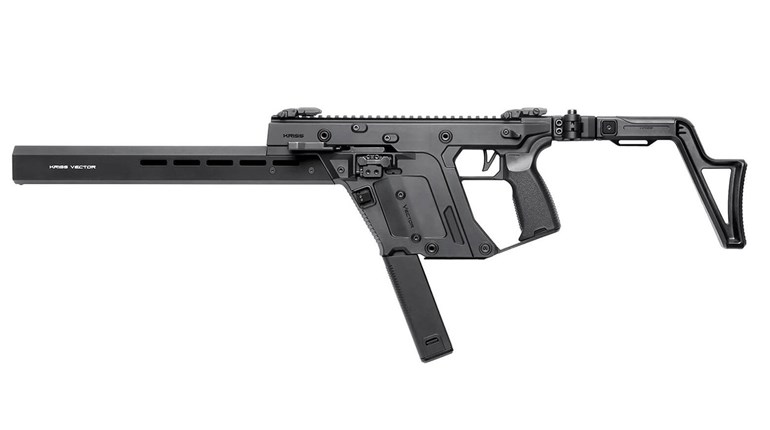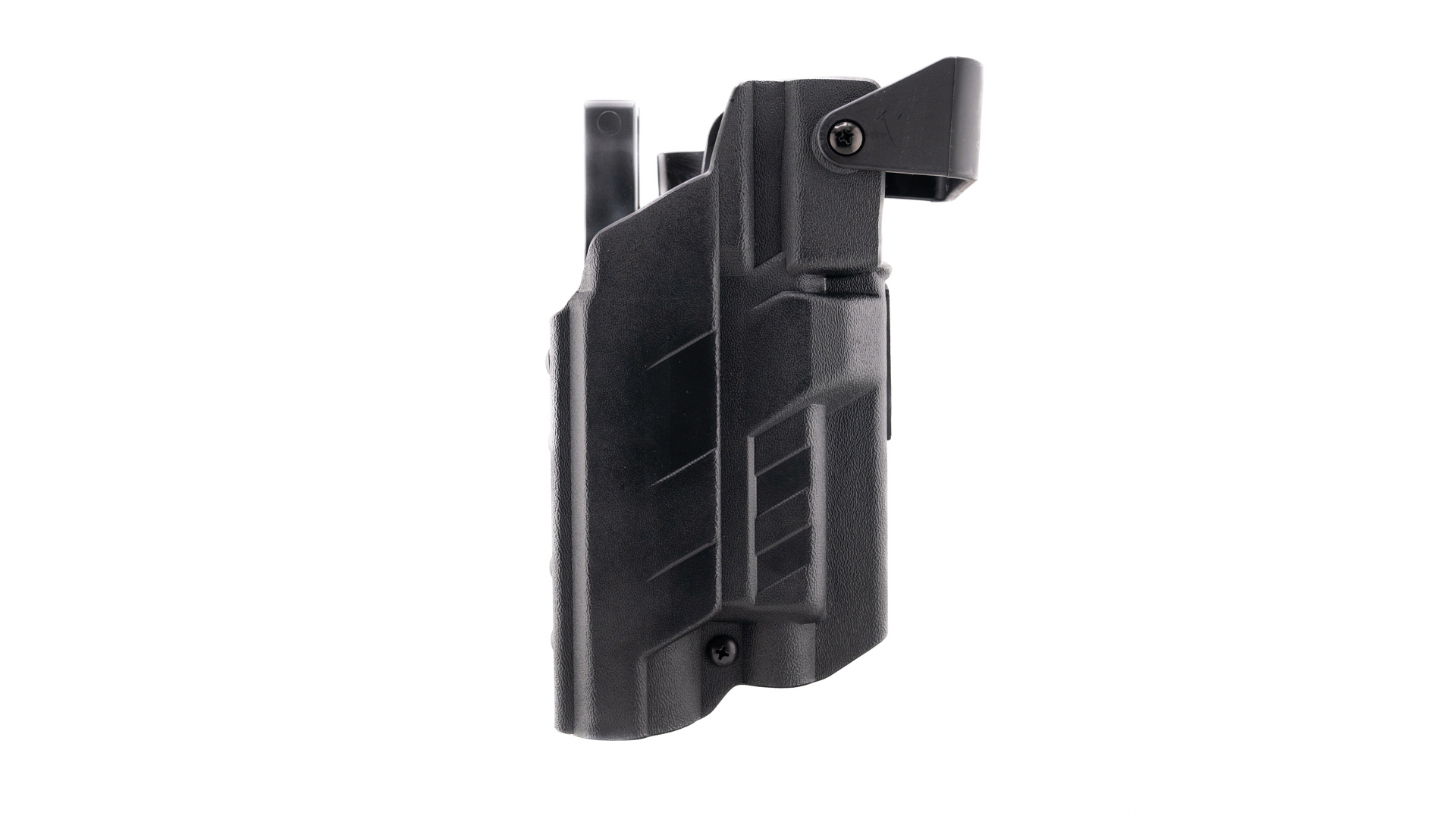
As popular as ever, Commander-size 1911 pistols are now offered by a number of companies, including Colt, Ruger, Springfield Armory, Taurus and many custom manufacturers.
Shortly before our entry into the Korean War, the U.S. government was searching for a lighter pistol for military officers. In hopes of securing a lucrative federal contract, Colt created an aluminum-frame, 9 mm-chambered version of the famed 1911 having a 4.25-inch barrel. Unfortunately for the company, the contract never materialized, but in 1950 Colt went ahead with production anyway, marketing the gun to civilian shooters as “The Commander.”
The lightweight pistol, with snag-reducing rowel hammer and shorter barrel, should have been a huge hit with citizens. I’m rather amazed it wasn’t, at least in its 9 mm configuration. No, the original (lightweight) 9 mm Commander was anything but an immediate and overwhelming sensation in the shooting world of the 1950s.
Of course, America’s civilian shooters and cops were basically revolver guys back then, and while wheelgunners routinely settled for shooting medium-caliber, non-expanding bullets, the semi-automatic crowd apparently didn’t. Many semi-automatic devotees were committed to the .45 ACP, thanks mainly to the original 1911. To be fair, this was prior to the development of high-velocity, expanding bullets that made medium calibers more efficacious for personal protection. Back then, semi-automatics were most often loaded with full-metal-jacket fodder for reliable feeding. Given those non-expanding bullets, starting out with them already being of .452-inch diameter seemed prudent.
Another factor preventing the enthusiastic embrace of the 9 mm Commander may have been the fact that the culture of the ’50s was a much more peaceful environment in which to live, at least as an individual. Nuclear attack, which was definitely viewed as a “terrorist action” as opposed to “workplace violence,” was a national concern, but mass shootings or personal encounters with international terrorists was not in our daily news. There was no major push for concealed carry as being essential for personal protection. So Colt’s entering production of the Commander with its reduced dimensions and weight didn’t produce the same impact that it might have had a couple of decades later.
There may also have been some question at the time about the durability of aluminum alloy. Good alloy is strong enough in static areas, but at contact points can wear prematurely. Colt solved the problem by inserting steel at the contact points, increasing the Commander’s durability.
Colt wasn’t the first manufacturer to try aluminum in a pistol, but it was the first to do so in a large-frame pistol, and the first to put one into large-scale production. It was also the company’s first pistol chambered in the 9 mm cartridge. Right from the beginning, Colt offered the Commander in .38 Super and .45 ACP, too. (I understand there were even some made in .30 Luger, but I have never seen one.)
From 1950 to 1970, Colt continued making the basic Commander, which had the steel slide and alloy (called Coltalloy) frame. In 1970, the company introduced the all-steel Commander, which added 9 ounces to the original aluminum-frame Commander. To distinguish between the two, the original (27-ounce) Commander became the “Lightweight Commander” while the new steel (36-ounce) Commander was now designated as the Combat Commander. Sounds complicated, but you could immediately tell the difference by just picking up the handguns or by carrying one for a few hours. Both models were available in .45 ACP, .38 Super and 9 mm. The Lightweights still wore the blued-steel/anodized-aluminum finish while the Combat Commanders came in blue steel, stainless steel or nickel-plated steel.
Another Commander I’ve never seen is the Commander Gold Cup National Match, offered in either .45 ACP or .38 Super. These came with Colt’s Elliason adjustable target sights and wrap-around rubber grips. During my brief bullseye-shooting career in the Air Force, I used a full-size Colt Gold Cup National Match pistol with the Elliason sights, and I fell in love with both the gun and the sights. If I saw a Commander Gold Cup National Match at a gun show today, I’m sure my IQ would immediately drop at least 50 points and I would do something foolish. But then I’ve done lots of foolish things when it comes to buying 1911 pistols.
Shooting a lighter 1911 with a shorter slide does pose some problems, particularly for relatively inexperienced shooters. For example, when shooting the .45 ACP original lightweight Commander after firing a full-size, all-steel 1911, the 3⁄4-inch shorter slide and 9 ounce lighter gun can’t help but make you notice the increase in felt recoil, even for an experienced shooter. That scenario produces a dramatically different outcome if you change the caliber from .45 ACP to 9 mm. What it did do was set the stage for actions by other companies that have benefited the American shooting public for the last 30 years.
Smith & Wesson, Ruger, Nighthawk Custom and others all offer lightweight models dimensionally similar to the Commander, though they are sometimes called by another name. Remington’s R1 Commander is offered in all-steel only, similar to a Combat Commander. Other companies, including Springfield Armory, Kimber and Wilson Combat, distinguish their midsize 1911s with 4-inch barrels rather than the classic 4.25 inch.
Colt’s initial commitment to producing the Commander has continued to bear fruit above and beyond anything the company might have initially envisioned. Today, it is again making some classy 1911 Commanders in both 9 mm and .45 ACP. Please say, “Thank you, Colt” for that milestone in 1950. It generated a long-term “win/win” scenario for all of us.






































